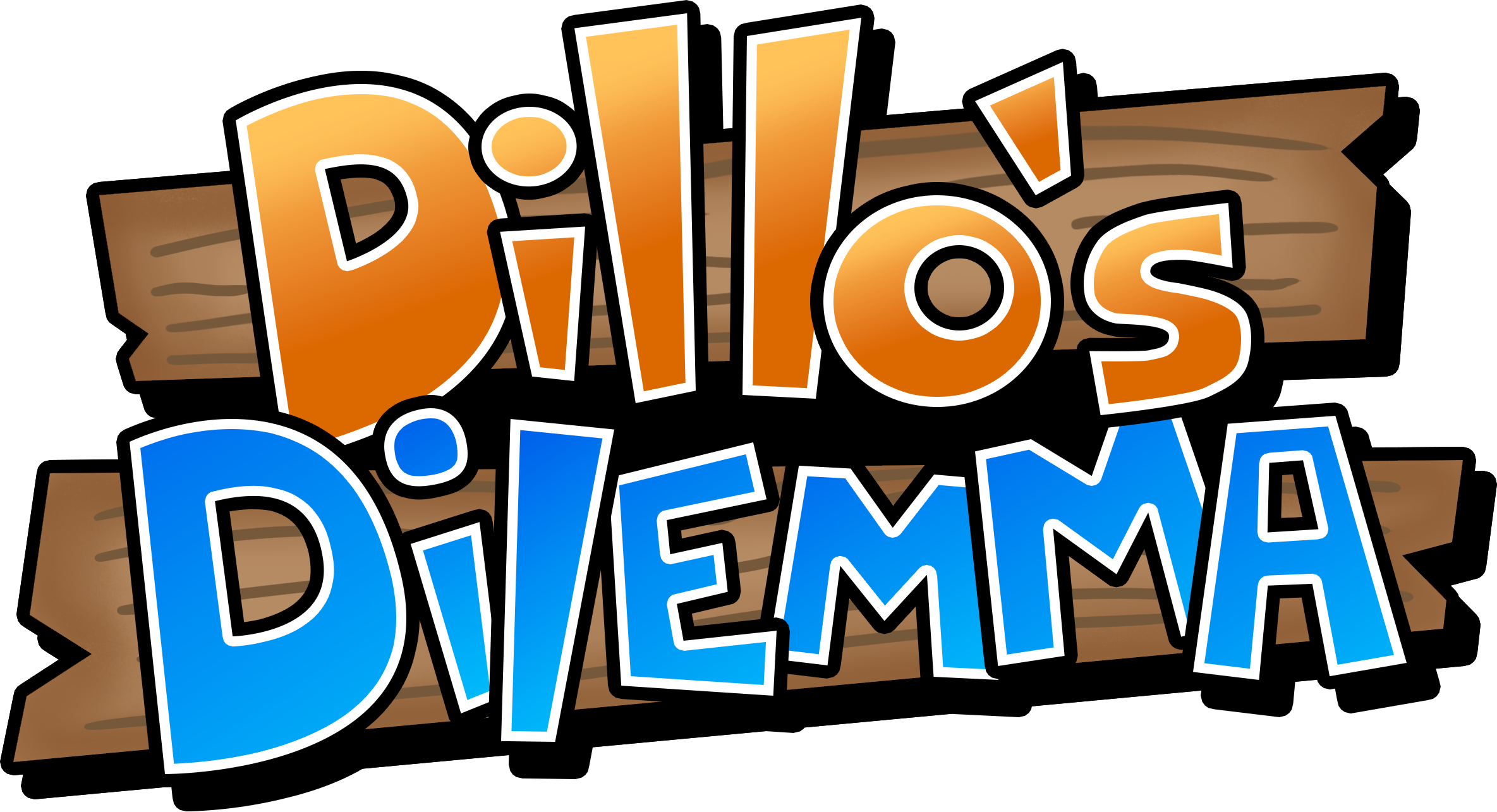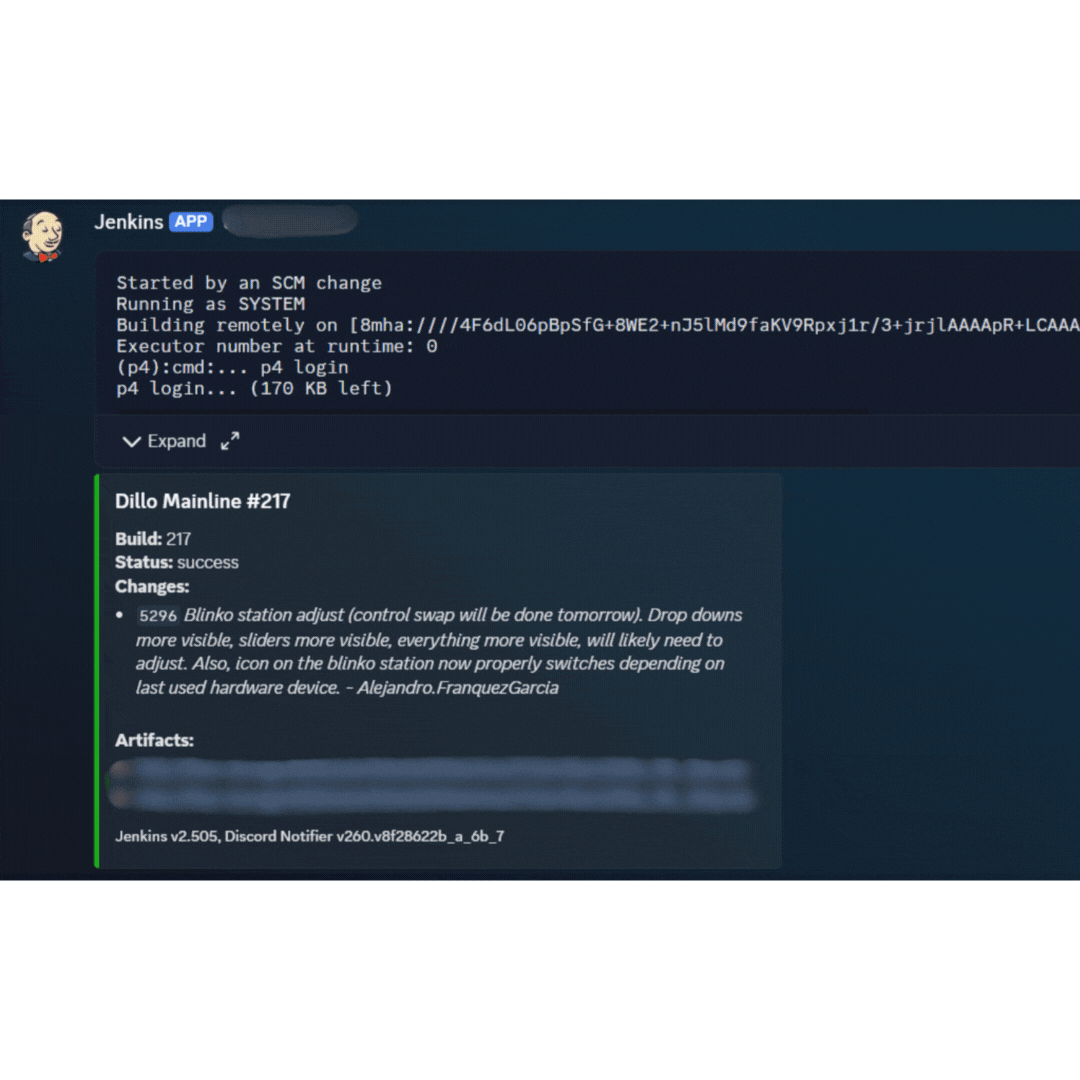
Details
Team Size: 18 + 10 contrators
Genre: 3D Platformer
Role: Project Lead & Producer
Engine: Unreal Engine 5.4
Tools Used: Jira, Confluence, Google Suite,
SharePoint, Perforce ,
and Scrum & Agile Methodologies
My Responsibilities as a Project Lead
Process & Tools
Built custom Google Sheets + Apps Script dashboards for Jira exports & velocity tracking.
Automated Discord notifications, which reduced manual reporting and kept the team synced.
Streamlined Jenkins & Perforce workflows, making QA cycles faster and more consistent.
Production Leadership
Led an 18-person team + 10 contractors through vertical slice, demo, and release.
Reworked Scrum into discipline-focused task forces, which improved cross-team collaboration.
Used sprint retrospectives to raise team velocity by 80%.
Content & Design
Co-authored GDD and redesigned the core loop of traversal and fort-building
Organized weekly internal playtests, logging more than 40 issues per session, which increased bug detection by 50%.
Balanced player and enemy systems, improving Fun-Factor survey scores by 28% (from 3.2 to 4.1 out of 5).
Contractors and Team
Built outsourcing pipelines for animation, sound, and music, which reduced rework by 40 percent.
Coordinated a Discovery Cove reference trip that strengthened art direction and consistency.
What I’ve Learned
Experience and Postmortem
This project was both a blessing and a curse.
A curse because we had to overcome constant design challenges and learn tools we’d never touched before.
A blessing because I go to work with the best team I’ve ever had.
The game started as a GDD packed with everything: zombies, tower defense, tower offense, platforming, crafting, and resource management. It was an ambitious mix of genres that didn’t mesh well and, given our 8-month timeline, was basically a scope bomb.
Through many iterations, we reworked it into what it is now: a 3D platformer inspired by pinball machines, with a light and whimsical atmosphere that fit our team far better than the gloomy tone we started with.
Overall, it was a project full of opportunities and lessons: from collaborating with outside vendors to learning how to market a game to discovering how challenging it is to present to subject-matter experts.
1. See People as People
There is always a reason behind someone’s thoughts or ideas.
One of the biggest lessons I learned was to slow down and actually listen. Early on, I had a habit of cutting ideas too quickly if they didn’t fit the scope. Over time, I realized that hearing the “whys” behind ideas often led to uncovering new angles, risks, or solutions I hadn’t considered. Taking time to hear people out made the project and team stronger.
2. Cut early if needed
Better safe than sorry.
We had some features that sounded great, had great ambitions, but just weren’t moving forward. I learned that when progress stalls, it is better to ask: “Is this really essential? Will the game fall apart without it? If the answer is no, let it go. Cutting early felt harsh in the moment, but it saved us from crunch later and kept the momentum.
3. Be ready for the unplanned
Even the wisest person is not able to predict everything.
Production has a way of throwing curveballs. Errors, crashes, bugs, sudden feature requests, even life events - no one can plan for everything. What helped me was having a set of flexible backup plans that were interchangeable depending on the circumstances. It didn’t solve every problem, but it kept the team from freezing when surprises hit.
4. Steam and… Steam
Even the wisest person is not able to predict everything.
I underestimated how much work it would take to make a good steam page. It wasn’t just screenshots and trailer - it had to sell the game’s vibe at first glance. I spent hours tuning GIFs, writing text that matched the tone, and testing tags that would hit our target audience. It taught me that production doesn’t stop at the build - the way you present matters as much as how you make it.






